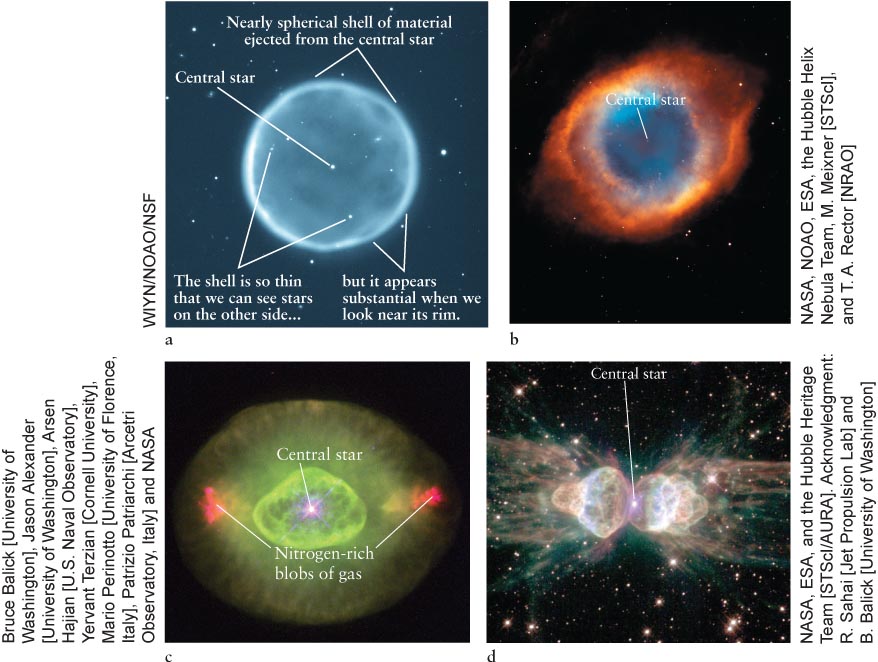
Figure 12- e- n-